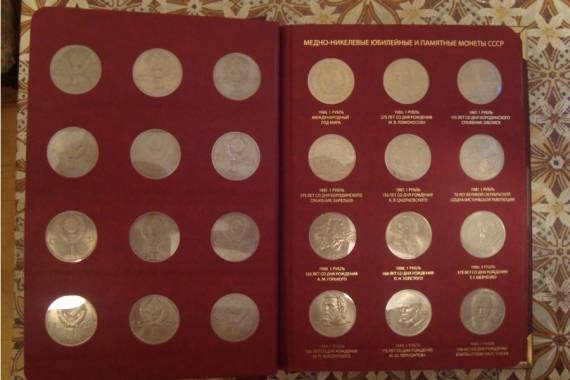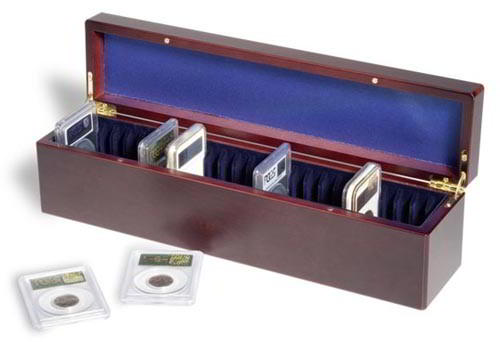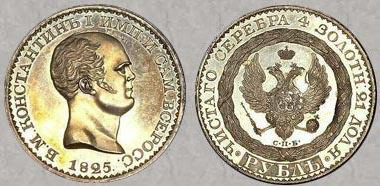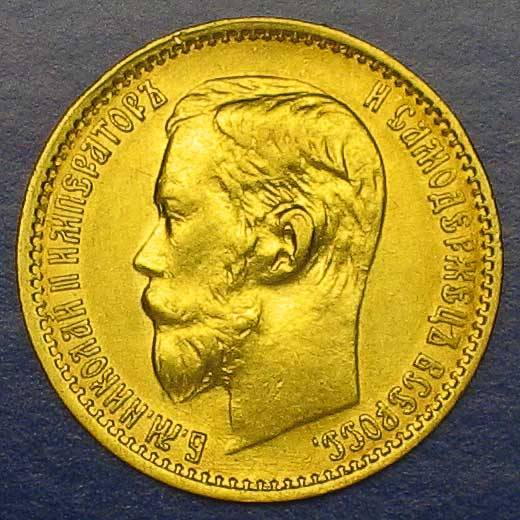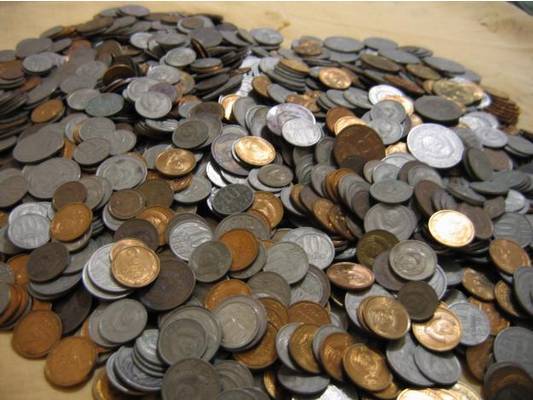Coin Cabinet
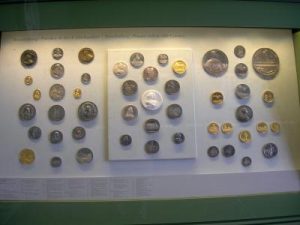 Have you ever thought, respected coin collectors and just collectors, over where is the largest collection of coins in the world? Surely most of you imagined a world famous collector who has no less than a hundred thousand various coins. In fact, the largest collection of coins is collected in Berlin and is represented in the State Museum of Bode, in the numismatic room.
Have you ever thought, respected coin collectors and just collectors, over where is the largest collection of coins in the world? Surely most of you imagined a world famous collector who has no less than a hundred thousand various coins. In fact, the largest collection of coins is collected in Berlin and is represented in the State Museum of Bode, in the numismatic room.
The numismatic room, or as it is also called, the coin room, has about five hundred thousand different coins in its collection, ranging from the history of antiquity to coins of modern times.
The antique period numbers about 152 thousand coins, from the most diverse corners of the globe – ancient Rome, ancient Greece, ancient China, etc. countries. Interesting is that antique coins are in excellent condition, and most of them look like they were minted a few years ago. The coins of ancient China are somewhat worse preserved, but first of all this is due to the fact that this civilization has a half thousand years more history than the rest.
The era of the Middle Ages is mainly represented by coins of medieval England and Byzantium – there are about 70 thousand of them, and of different times and rulers, so to say the real story in coins. There are slightly less French-German coins of the Middle Ages – about 50 thousand. Here you can see the coins that were made specifically for the Crusades, and their uniqueness lies primarily in the fact that most of them were never used.
Coins of the new time will also be no less interesting for collectors and numismatists of the whole world – about 20 thousand pieces from almost two hundred states of the world. There are also such rare coins as those on which Joseph Stalin, Karl Marx and other figures of the new time are depicted. Interesting is the fact that most of these coins were minted, but still, they were never used, and therefore, you can only see them in museums.
A separate exposition of the numismatic room is devoted to coins-fakes, executed in such an original way that some can cause a real laugh. The reason for this may be the English penny with the image of an unknown man, instead of the queen, or a fake coin from the Soviet Union, with an erroneous coinage, where instead of 1958, there are 9158. There are not many such coins – about 500 pieces, but all deserve respect among every coin collector.
Everyone can visit the numismatic room, because seeing with their own eyes the largest collection of coins in the world is the ultimate dream of every collector. If you are going to the capital of Germany, then you should definitely rent a hotel room for tourists in Berlin, where there are comfortable and cozy rooms, and where you can easily spend the night for a few days. The Bode Museum and its coin room are waiting for you, dear collectors!
